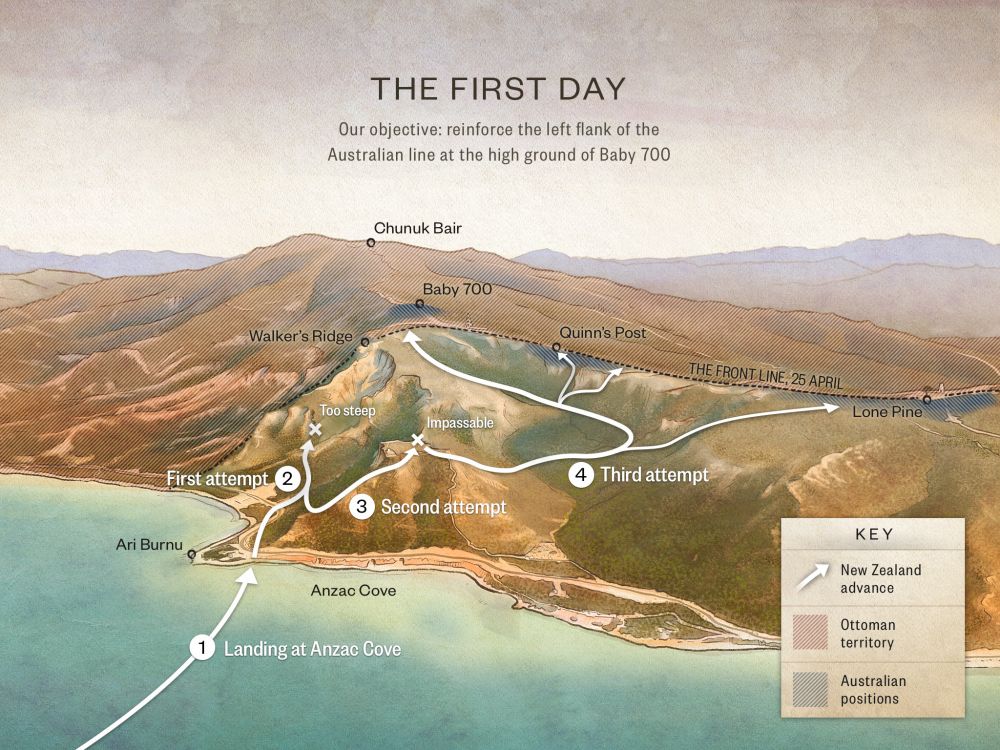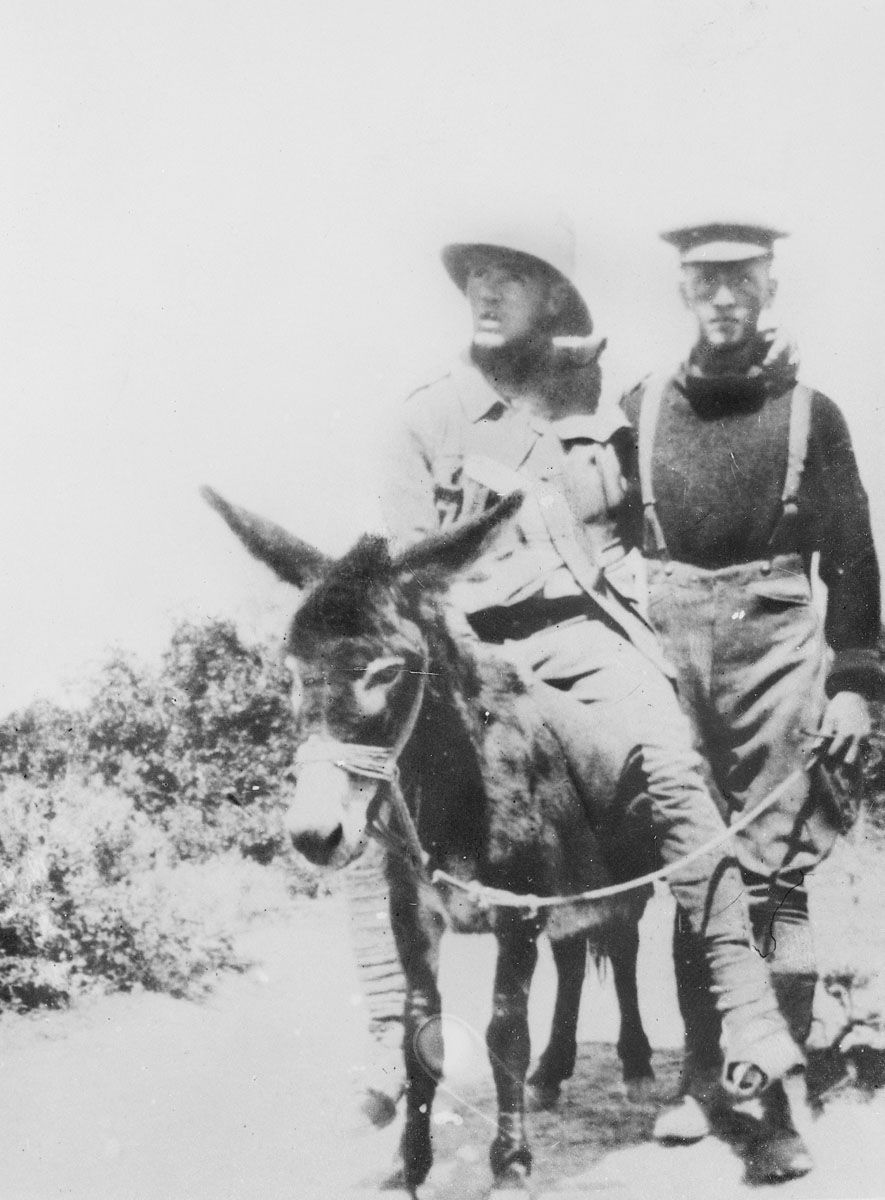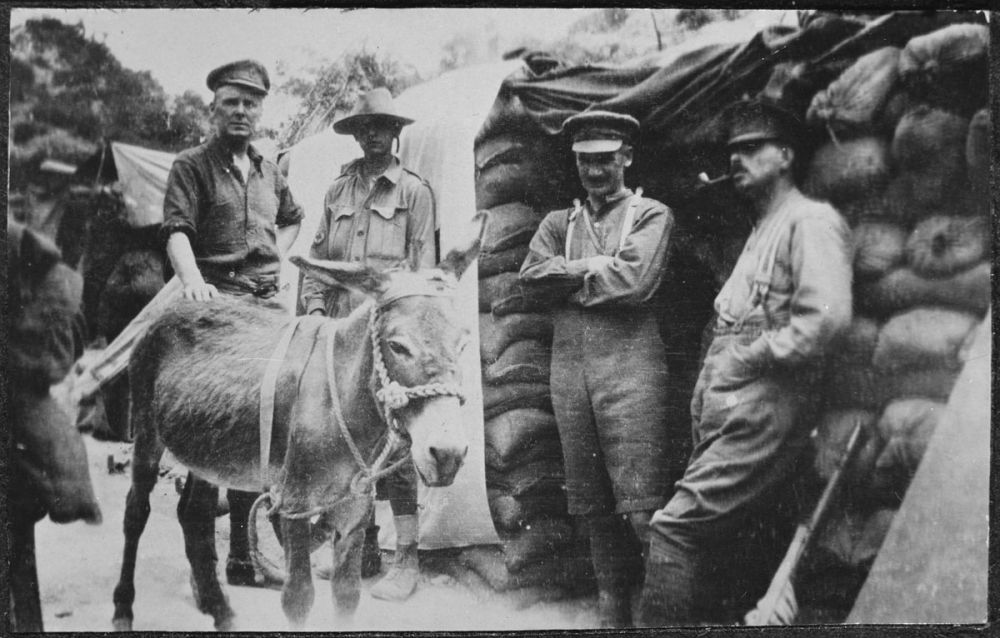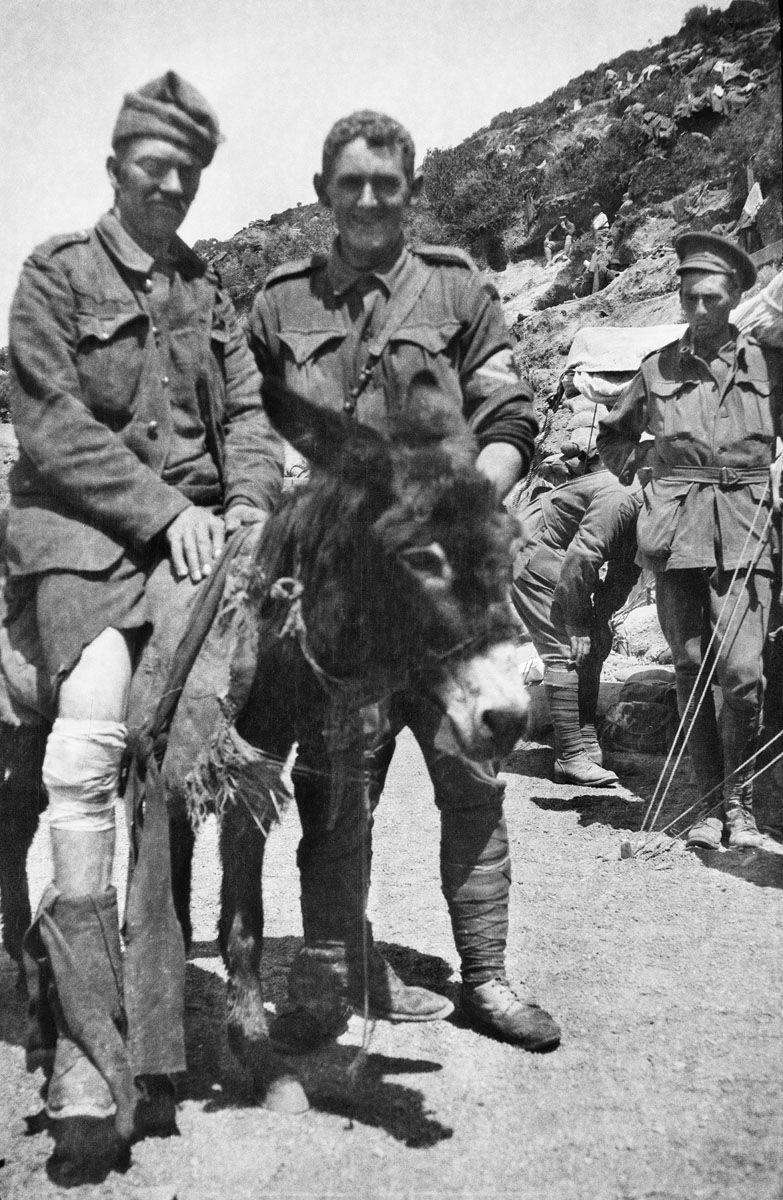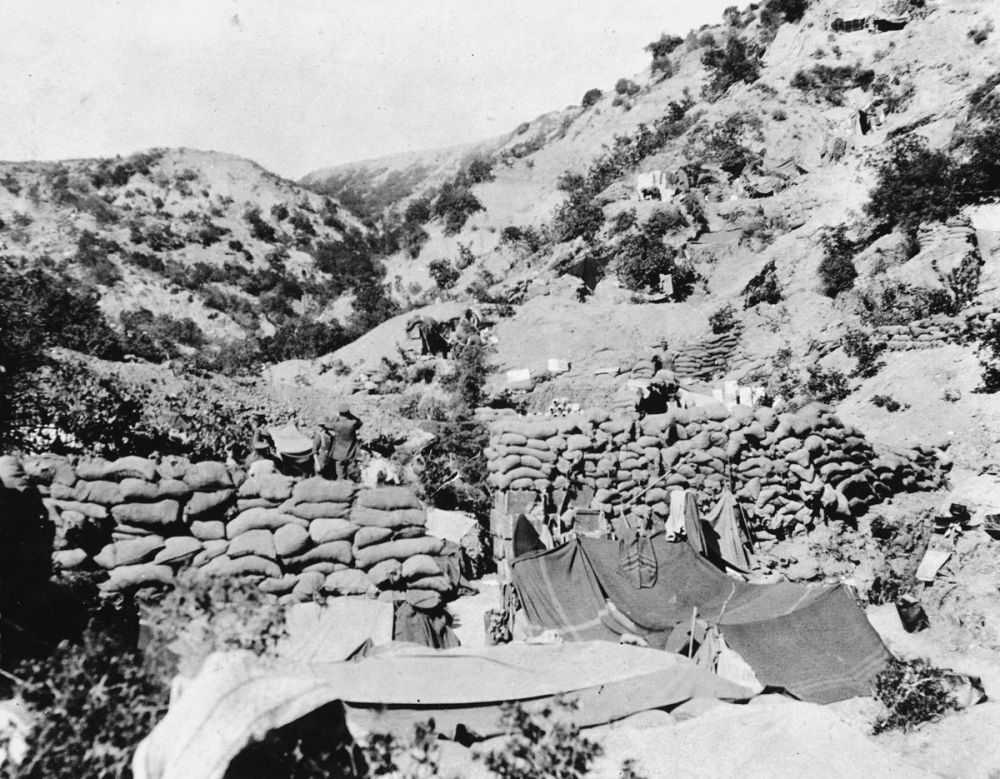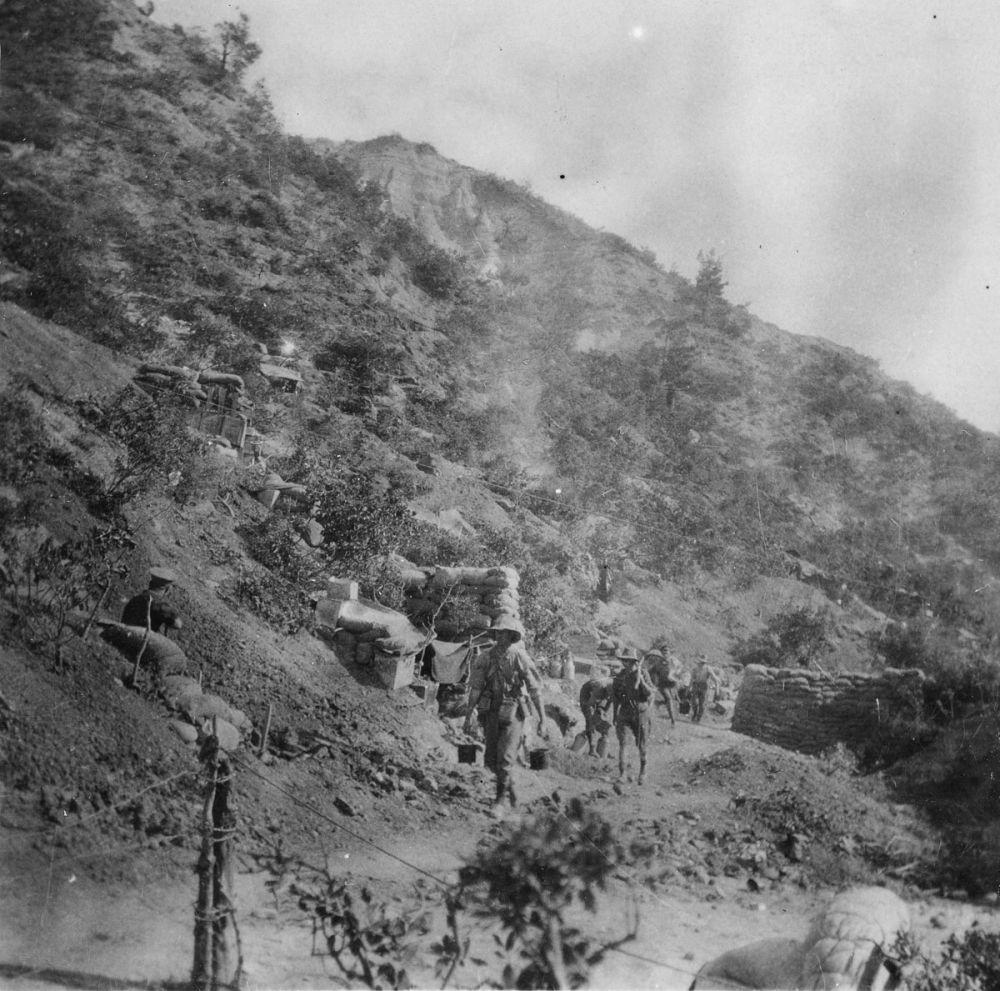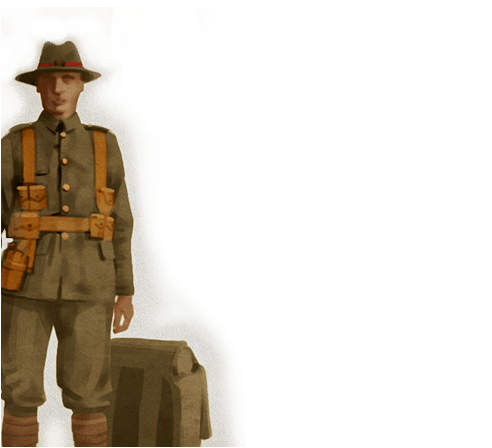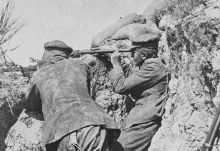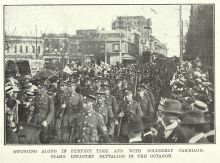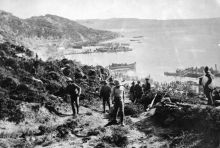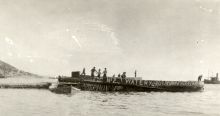Hell Spit
You are at Beach Cemetery on Hell Spit. Hell Spit was so named because it was the most exposed part of the area held by Anzac troops. The Ottoman artillery on the headland of Gaba Tepe, which you can see to the south, bombarded Hell Spit during the day, as did the artillery to the north.
This was one of the first graveyards established during the Anzac campaign, and most of the dead had to be reburied a number of times because their bodies kept being blown out of their graves.
It’s an important site because just inland from here is Shrapnel Valley, which connects the Anzac frontline to the beach. Shrapnel Valley was a lifeline: all the stores went up it and all the wounded were evacuated back down it.
One of the key figures in the Shrapnel Valley story is John Simpson Kirkpatrick. He was an English stoker who jumped ship in Australia, and became a member of the Australian Field Ambulance. He borrowed one of the donkeys that were brought in from the Greek islands and used it to bring wounded men down Shrapnel Valley from the front line. Everyone took bets as to how long Simpson would survive. It was three weeks before he was killed by a Turkish sniper.
A famous photo was taken and everyone thought it was Simpson. In fact it was a New Zealander – Dick Henderson. The image of Henderson and his donkey became famous throughout the world. Henderson and his donkey, like Simpson and his donkey, represented a whole range of stretcher-bearers and medical staff who carried the wounded men that 1,500 metres from the front line down to where you now stand. The field hospitals on the beach would tend to them before they were evacuated out to the hospital ships offshore.


